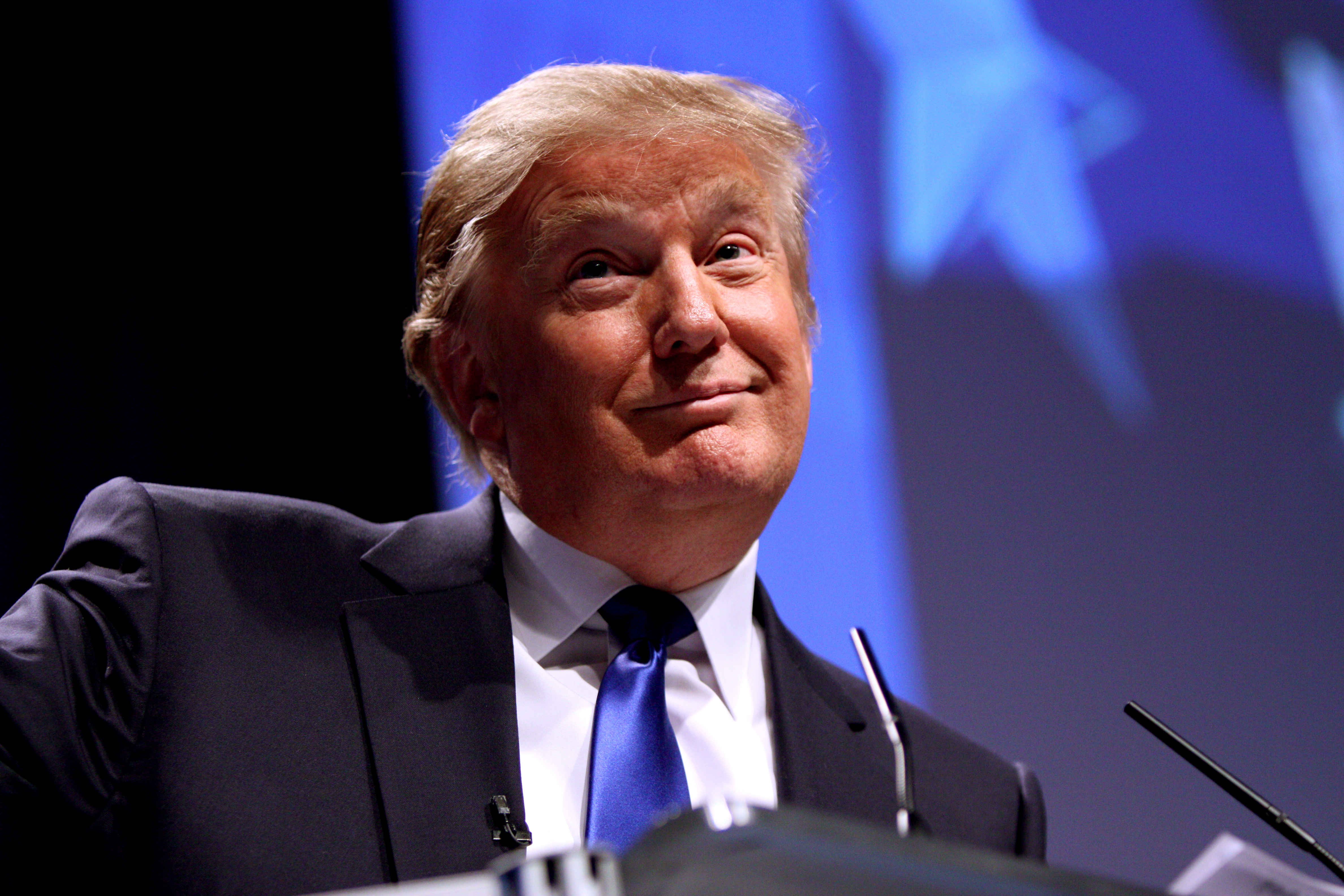 In my early teens, there were only two sources of news in India, the daily newspaper and the late evening news on Doordarshan, the only channel in town. Hence, the news wasn’t a 24 by 7 affair like it is now, especially with the advent and the rise of the digital media over the last few years.
In my early teens, there were only two sources of news in India, the daily newspaper and the late evening news on Doordarshan, the only channel in town. Hence, the news wasn’t a 24 by 7 affair like it is now, especially with the advent and the rise of the digital media over the last few years.
The rise of the digital media has ensured that news gets to people faster. One doesn’t have to wait for the morning newspaper or the evening news to know what has happened. Also, with more and more news sources hitting the market, censoring the media isn’t as easy as it was in the past. Hence, to that extent it is a good thing.
Nevertheless, the rise of 24 by 7 news media brings with itself other sets of problems. As Alain de Botton writes in The News—A User’s Manual: “The modern world is teaching us that there are dynamics far more insidious and cynical still than censorship in draining people of political will; these involve confusing, boring and distracting the majority away from politics by presenting events in such disorganized, fractured and intermittent way that a majority of the audience is unable to hold on to the thread of the most important issues for any length of time.”
The point being that proliferation of the media and the rise of the social media has essentially ensured that the audience keeps getting bored and needs more and more new issues to agitate or at least feel agitated about. In the process, the most important issues of the day, actually get lost.
Take the Indian case. One of the most important issues which barely gets discussed in India is the fact that close to one million individuals are entering the workforce every month. This means around 1.2 crore individuals are entering the workforce every year. This is likely to continue at least for the next decade and a half. Further, the number can turn out to be an underestimate if more women enter the workforce.
While, 1.2 crore Indians are entering the workforce every year, there aren’t enough jobs going around for them. Many of these individuals are educated i.e. at least they have gone to school. Nevertheless, they don’t have any employable skills. There are economic and social repercussions that this is going to have.
As Thomas Sowell writes in Wealth, Poverty and Politics: “People who have acquired academic degrees, without acquiring many economically meaningful skills, not only face personal disappointment and disaffection with society, but also have often become negative factors in the economy and even sources of danger… In many poorer countries, especially, the “educated unemployed” are often numerous enough to be not only a major disappointment but a social and political danger.”
Also, what happens is that the only institution ready to employ them is the government. As Sowell writes: “Even many of those with academic credentials, but no economically meaningful skills, who are in fact employed are often employed in government bureaucracies, since they are unlikely to be much in demand in competitive markets where employers are spending their own money, rather than spending the taxpayers’ money.” This is what explains a whole host of engineers, MBAs and PhDs applying for government jobs of sweepers and peons.
The question is, when was the last time you saw anything in the media analysing this issue. We were busy arguing whether a film star couple should have named their son what they did. Until we moved on to something else.
The point, as Botton writes, is that “news organisations broadcast a flow of random-sounding bulletins, in great numbers but with little explanation of context, within an agenda” that keeps changing, and “without giving any sense of the ongoing relevance of an issue that had seemed pressing only a short while before.” This is interspersed with constant antics of film stars.
And this, as Botton writes, “would be quite enough to undermine most people’s capacity to grasp political reality – as well as any resolve they might have summoned to alter it.”
Indeed, this is something that we should worry about.
The column was originally published in the Bangalore Mirror on March 22, 2017

